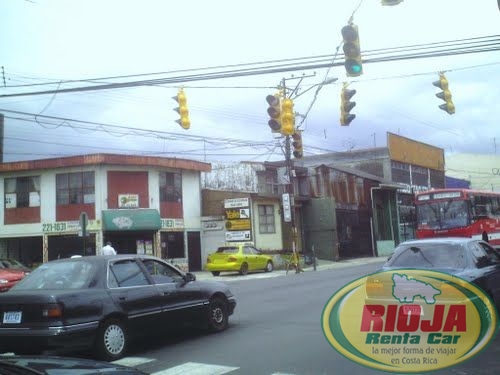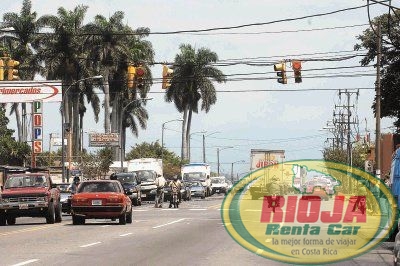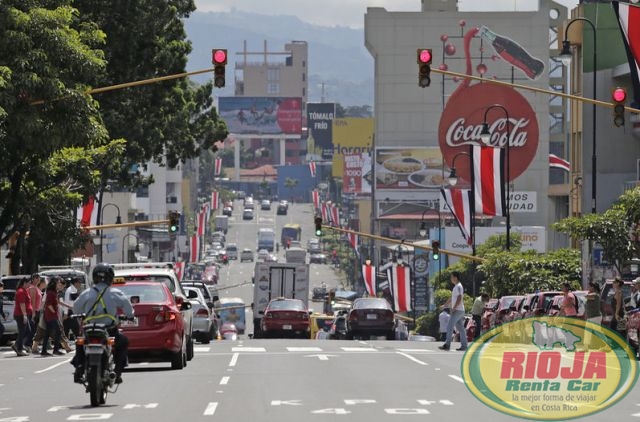


The goal is to migrate to new technologies
The country already has 321 smart devices; However, only those located in San José are connected to the control center
The old traffic lights located in eight of the main streets of San José will be replaced by 85 equipped with cameras, and smart devices to regulate and streamline the vehicular flow.
Appliances will replace the devices that are currently located in the radial of Zapote, Desamparados, Pavas, San Francisco de Dos Ríos, Paso Ancho, ring and routes Barrio Cuba – Hatillo and La Uruca – Calle Blancos.
The regulators, which will begin operating in 2015, will be accompanied by small cameras that will monitor which senses of the path are more saturated, and of where necessary, carry out variations in the color of the traffic light changing times, to expedite traffic.
The MOPT performs this automated regulation at the Traffic Control Center, South of San José. When the 85 new appliances are installed, will be added to the smart teams currently operating in the busiest routes of the headwaters of San José, Cartago, Heredia and Alajuela.
Indeed, last Friday the international tender of $2.7 million for the purchase and installation of new traffic lights, closed said Diego Rugama, Deputy Head of the Center.
The implementation of centralized traffic system began in 2007. To date we have 331 devices installed; However, the only place in San José are interconnected with the Control Center.
Rugama said that before the end of the year is intended to the 331 already installed traffic lights to have connection to the Control Centre in San José.
"The objective is to go migrating to new technologies such as the centralized system, a super computer network all are intercepted and which you can manipulate daily" mentioned.
Erick Acosta, spokesman for the unit of road safety and transport of the national laboratory of materials and structural models of the University of Costa Rica (Lanamme), explained that these devices comply with its goal it is necessary to regulate load schedules and download, bus stops and parking spaces.
"San José is an example. Does not work properly by buses, because the big vehicles block the way and lose the benefits of the road network,"he said.
Before the end of 2014 the Ministry aims to put 90 new simple devices (no cameras) in different parts of the country.

 English
English

